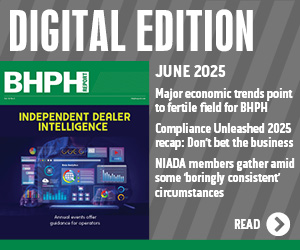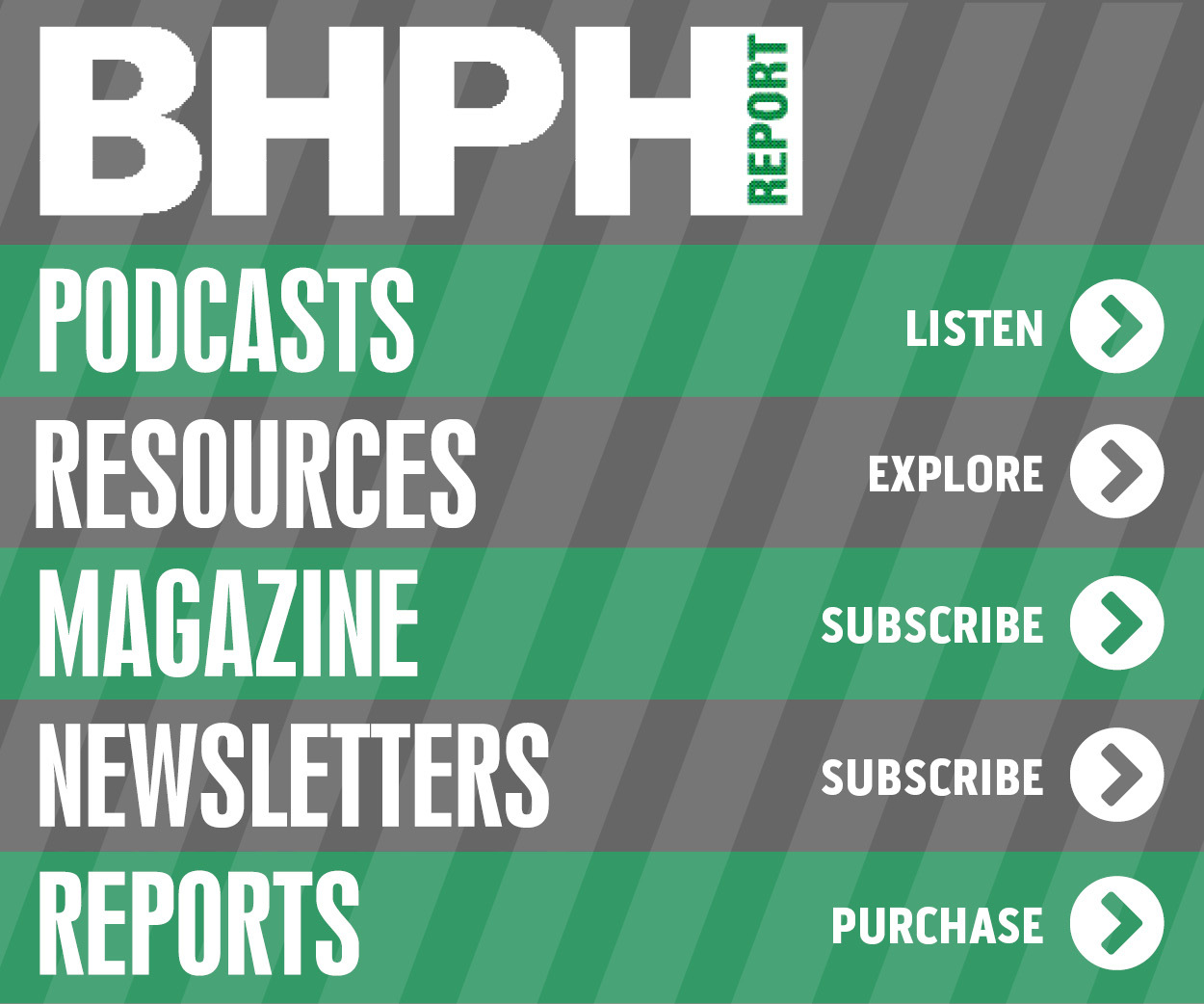4 questions with Susan Perlmutter of Sigma Payment Solutions

In the latest installment of the annual Best of BHPH issue of BHPH Report, we go behind the scenes with some of the leading companies in the used-car space and their top executives with a few Q&A features.
Next up in this series is Susan Perlmutter, chief revenue officer at Sigma Payment Solutions.
BHPH Report: What’s your assessment of how closely collections practices are watched by federal and state regulators nowadays, and how much has it intensified in recent years?
Susan Perlmutter: Debt collection has always been a focus of federal regulators. It started with the implementation of the Fair Debt Collection Practices Act (FDCPA) in 1997, followed in 2010 by the Dodd-Frank Reform and Consumer Protection Act. Dodd-Frank gave the Consumer Financial Protection Bureau (CFPB) the power to become the first agency to issue substantive rules under its statute. With the oversight of the CFPB into this heavily regulated area, debt collection practices now have even deeper focus from an entity that is not known for its investigative processes. The BHPH industry has become lumped into the other perceived areas of high-risk consumer loans, such as installment, payday and title loans. That is tough on today’s BHPH operators — especially considering the business owners themselves are now personally in the path of the CFPB focus, not just the businesses they own. This type of approach to policy enforcement is unprecedented.
BHPH Report: What’s the No. 1 mistake BHPH operators still make in their collections departments and why?
Susan Perlmutter: While I agree personal contact with a customer is still necessary to build the initial relationship, I also believe the No. 1 mistake a BHPH operator can make is thinking the phone is still the king of contact after the sale. Today’s consumer is much more likely to respond to non-confrontational collection methods. Remember the days when customers would put their payments in envelopes and slip them under the door, even though collectors had left numerous messages on their machines? These customers still exist and will gravitate to self-serve methods of communication for information and making payment, if autonomous solutions are made available to them.
I believe operators should take a more scientific approach to their collection portfolio to identify consumer trends within their own accounts. There is a huge misconception among business owners that technology bears a large cost. This simply is not the case. With a little bit of fact finding, technology can assist with the overall management of the entire collection process. Are collectors spending more time leaving messages than actually speaking with a customer? What is the consumer response rate to the current method of contact? What communication methods carry a higher response rate from the customer? What is the average age of the customer? Do certain age groups respond to certain communication methods better than others?
If the phone is the only method of contact and the cashier or collector is the only way to make a payment, the BHPH operator is bearing a huge cost for very little reward when it relates to managing a growing collection portfolio. Collection technology will not replace collectors, but it will allow an operator to grow and manage a portfolio more effectively without increasing collection staff.
BHPH Report: What can an operator who doesn’t have significant resources do to improve collections?
Susan Perlmutter: More collectors making more phone calls is not the answer to improve collections. There are many options for friendly customer contact that are less costly than having an account representative call a customer by phone, the costliest of all contact methods. Good collections come from friendly and constant contact with customers. Developing a process for automated contact and collection of payments — one that is readily and easily adopted by customers — is key for portfolio growth with limited resources. For example, starting the after-sale relationship with a text to say “thank you for your purchase” paves the way for future text communications to remind a customer payment is due or advise a payment is past due.
In addition to managing portfolio growth, adding communication methods that will allow customers to self-serve account information or make loan payments will reduce the pressure put on staff members to answer phones only to collect payment account information or cite balance information.
Limited resources do not have to result in limited collection efforts. Consumer-facing web portals, Interactive Voice Response (IVR) systems and SMS text are all low-cost, alternate methods of communication that have already had large adoption rates by consumers. When evaluating resources and costs, BHPH operators should pair customers with the best and most cost-effective methods of communication, which often enough, is not calling the customer during an 8-to-5 workday.
Having the necessary resources to run a business of any size is always a challenge. Automating collection processes and providing customers options for retrieving their own account information can relieve the strain on a business with limited resources and fill in gaps during a growth or restructuring period.
BHPH Report: What are you watching in the collections space as we go into 2017 and beyond?
Susan Perlmutter: The CFPB has already announced they are planning a separate track involving first-party debt collectors and creditors. Proposed rules by the CFPB for third-party collection may inevitably bleed over to first-party, which will shift the paradigm of how the BHPH industry will approach collecting loan payments. Some of the proposed changes that could directly affect the BHPH operator include the following: credit bureau requirements, limits on number of communication attempts before contact, and easier methods of cease and desist orders to stop communication from a particular source or time of day. BHPH operators have been feeling the increasing compliance with regard to handling the sale of the car — everything from advertising to contracts. I believe they will see more directives and fines in 2017 resulting from the collection of loans and communication, or lack thereof, with customers.
Additional pieces from this series can be found below:


